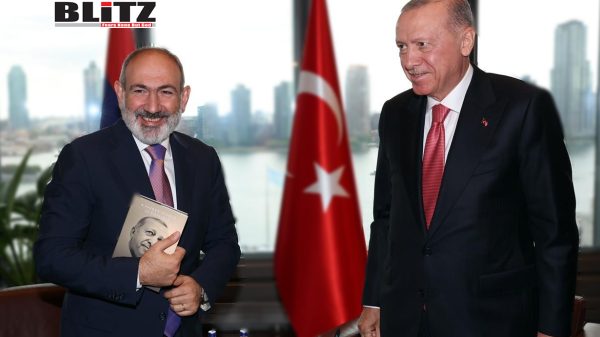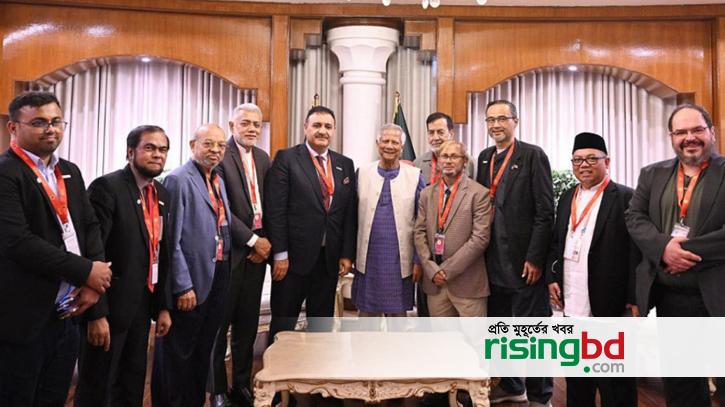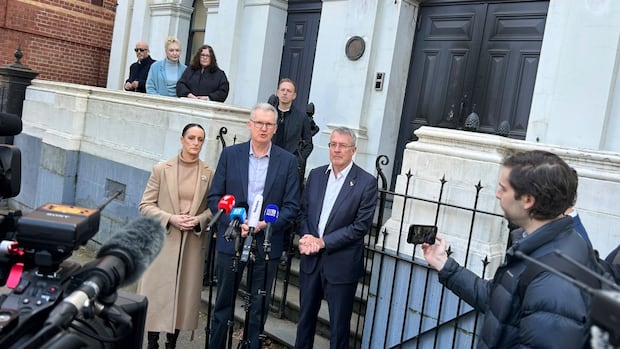In a historic move laden with diplomatic significance, Armenian Prime Minister Nikol Pashinyan visited Turkiye last month, marking the first official trip by an Armenian leader since President Serzh Sargsyan’s brief appearance at a football match in 2009. Hosted by Turkish President Recep Tayyip Erdogan at the Dolmabahce Palace in Istanbul, the visit served as a potent symbol of growing momentum in the normalization process between two countries that have long been estranged due to deep-seated historical and geopolitical grievances.
Although dialogue between Armenia and Turkiye has occurred sporadically over the years, the current thaw is marked by several unique dynamics. The formal normalization effort, initiated in 2022 with the appointment of special envoys by both sides, now appears to be backed by a firmer political will. Erdogan and Pashinyan have engaged in multiple meetings at international summits and have developed a line of direct communication, eliminating the need for third-party mediators. Pashinyan’s attendance at Erdogan’s 2023 inauguration and his recent visit reflect a broader commitment to reconfiguring Armenia’s regional strategy in a rapidly shifting geopolitical environment.
This process, however, does not exist in a vacuum. The backdrop to Pashinyan’s visit includes surging tensions in the Middle East, particularly the ongoing escalation between Israel and Iran. The recent Israeli airstrikes against Iranian targets have not only destabilized the region but also cast a shadow on the South Caucasus, compelling both Armenia and Turkiye to reassess their security priorities. Iran remains a crucial neighbor to both, and the specter of war or refugee spillover is prompting pragmatic cooperation between Ankara and Yerevan.
For Armenia, the stakes are particularly high. Landlocked and economically constrained, the country has traditionally relied on Iran and Georgia as its main corridors to global markets. With both its Turkish and Azerbaijani borders closed for decades, Armenia has had limited options for trade and transit. More than 30% of Armenian trade passes through Iran, making the country’s stability vital to Yerevan’s economic well-being. Following Israel’s recent strikes, Armenian goods were reportedly stuck at the Iranian border, prompting fears of looming shortages and price hikes. In parallel, transit through Georgia has become increasingly complex due to political and logistical frictions.
The cumulative effect of these bottlenecks has underscored the urgent need for Armenia to secure alternate trade routes. This has made the opening of the border with Turkiye not just a diplomatic goal but an economic imperative. As Armenia’s economy minister recently warned, without diversified access to international markets, the country risks being at the mercy of its limited trade corridors. Turkiye, as a member of the EU Customs Union and a central hub in Eurasian energy and logistics networks, presents a compelling alternative for Yerevan.
For Turkiye, the opportunity to normalize relations with Armenia offers both economic and strategic dividends. By opening the border, Ankara could increase trade with a neighbor eager to reduce its reliance on Iran and Russia. Moreover, Armenia lies along the so-called Middle Corridor, an ambitious infrastructure initiative that would connect Turkiye to Central Asia through the South Caucasus. Access to this corridor would strengthen Turkiye’s geostrategic role as a connector between Europe and Asia.
The Israeli-Iranian conflict also gives both countries shared cause for concern. Armenia and Turkiye are worried about the potential for a mass displacement of people from Iran, which could spark humanitarian and security crises across the region. In a notable move reflecting Armenia’s changing foreign policy orientation, Yerevan in January took full control of the Agarak border checkpoint with Iran – a position previously managed by Russian forces since Armenia’s independence in 1991. This development underscores Armenia’s deliberate pivot away from Moscow and toward greater national sovereignty in security matters.
This transition has occurred as Armenia’s faith in Russia as a reliable security guarantor has dramatically eroded. Russia’s preoccupation with the war in Ukraine and its failure to support Armenia during conflicts with Azerbaijan have left Yerevan exposed. In response, Pashinyan has undertaken a recalibration of Armenia’s defense and foreign policies, seeking to build closer ties with Western institutions and reduce dependency on the Kremlin. Within this broader strategic shift, Turkiye emerges not as a historical adversary, but as a potential partner in securing economic stability and regional integration.
Still, Turkiye’s normalization with Armenia hinges significantly on the relationship between Armenia and Azerbaijan. Ankara has long been Baku’s staunch ally and insists that reconciliation with Yerevan is contingent on a sustainable peace agreement between the two South Caucasus nations. Encouragingly, reports suggest that Pashinyan and Azerbaijani President Ilham Aliyev are scheduled to meet in Dubai this month to discuss a long-awaited peace treaty. Ankara is actively engaged behind the scenes to facilitate this process and mitigate the risk of renewed hostilities.
This dual-track approach – normalization with Armenia paired with mediation between Baku and Yerevan – reflects Turkiye’s growing assertiveness in the South Caucasus. With Iranian influence in retreat and Russian involvement in decline, Ankara sees an opportunity to reshape regional dynamics in its favor. At the same time, Armenia, though traditionally aligned with Iran, condemned Israel’s recent strikes and has sought to distance itself from Tehran’s increasingly confrontational posture. Azerbaijan, meanwhile, continues to balance its partnership with Israel and its delicate ties with Iran by offering Tehran assurances that its territory will not be used against it.
These developments suggest that while old animosities linger, realpolitik is driving both Turkiye and Armenia toward cautious but meaningful engagement. Unlike earlier attempts at normalization, which were often derailed by domestic political opposition or lack of regional alignment, today’s rapprochement is underpinned by shared strategic interests and urgent external pressures. The instability radiating from the Middle East, coupled with the shifting balance of power in the South Caucasus, has made cooperation not only desirable but necessary.
Still, challenges remain. Public sentiment in both countries remains ambivalent, shaped by decades of mistrust and unresolved historical grievances, particularly the Armenian Genocide – a term Ankara still refuses to recognize officially. Additionally, hardline factions within both governments could exploit any misstep in the normalization process to derail progress. The path ahead will require careful diplomacy, mutual concessions, and sustained leadership.
Nevertheless, the current thaw represents a significant departure from past efforts. The normalization process is no longer merely symbolic or aspirational – it is being driven by structural changes in the region’s geopolitical and economic landscape. For Armenia, the prospect of opening its western border offers a potential exit from isolation. For Turkiye, engaging with Armenia strengthens its regional influence and contributes to the broader goal of connecting the Middle Corridor.
As the South Caucasus braces for continued volatility, the budding relationship between Armenia and Turkiye could become a stabilizing force. Shared concerns over regional security, economic vulnerability, and the consequences of conflict spillovers may yet forge a partnership that transcends historical animosities. In this uncertain environment, the road to peace and cooperation, while narrow and fraught, is more vital than ever.
Please follow Blitz on Google News Channel
Is a senior journalist.
regional-tensions-accelerate-rapprochement-between-turkiye-and-armenia















Leave a Reply